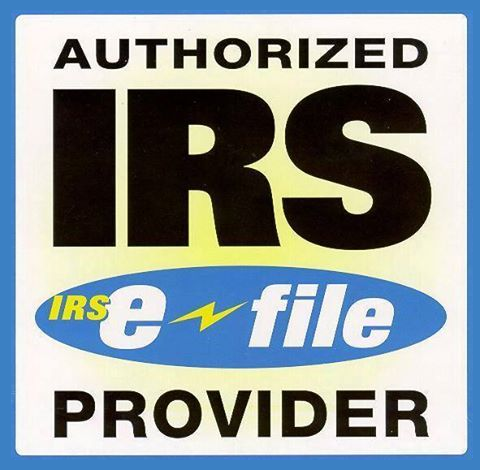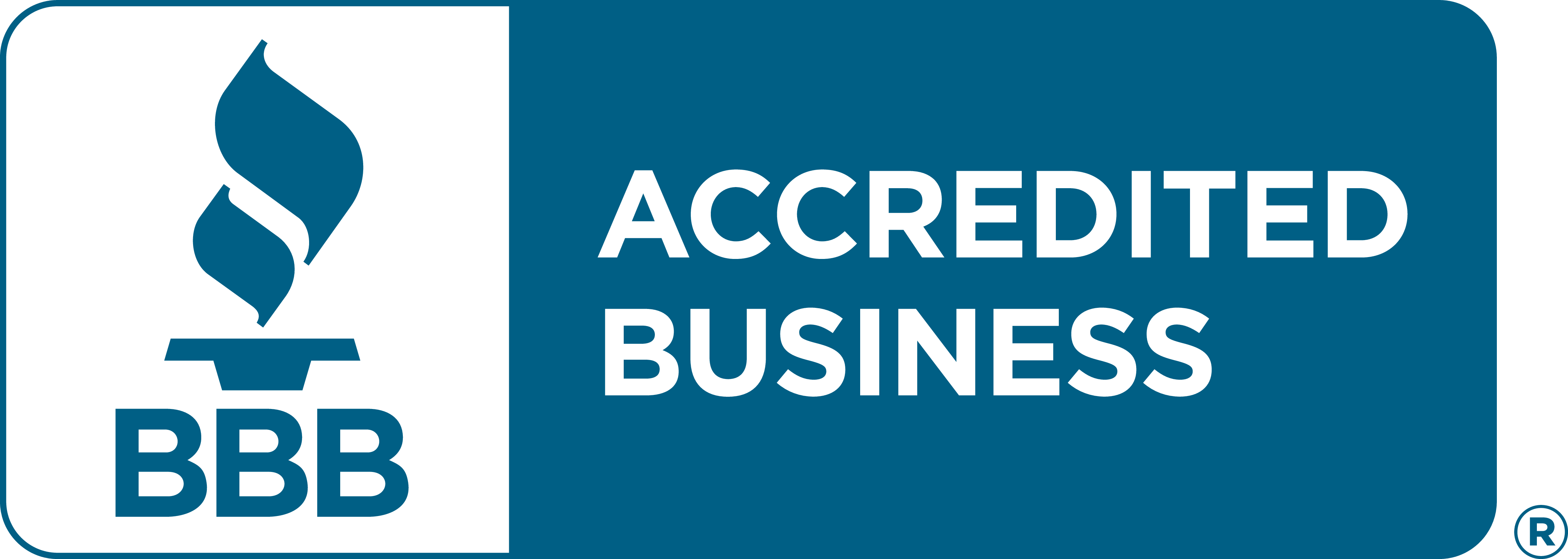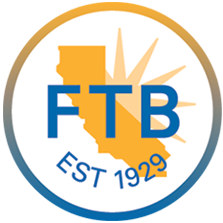Excise Tax Forms
Employment Tax Forms
Information Returns
Extension Forms
FinCEN BOIR
General
Introduction
Form 990 Schedule D, also known as the "Supplemental Financial Statements," is an essential component of the annual information return filed by tax-exempt organizations in the United States. This schedule provides detailed information about the organization's assets, liabilities, revenue, and expenses, offering transparency to stakeholders and regulatory bodies.
In this resource guide, we have provided a concise overview of Schedule D, offering valuable insights into its purpose, the entities required to file, and the filing requirements.
Table of Contents
What is Schedule D?
Schedule D, Supplemental Financial Statements is a supplementary schedule that accompanies the standard Form 990 and is filed annually by tax-exempt and nonprofit organizations.
This schedule aims to provide the required reporting for donor-advised funds, conservation easements, certain art and museum collections, escrow or custodial accounts or arrangements, endowment funds, and supplemental financial information.
Who must file Schedule D?
An exempt organization that answered “Yes” to any of lines 6 through 12a on Form 990, Part IV, Checklist of Required Schedules, must complete the appropriate part(s) of Schedule D and attach the schedule to Form 990
Choose TaxZerone to complete your Schedule D filing requirements.
Your journey to staying tax-compliant starts here!
Schedule D Filing Requirements
All Section 501(c)(3) organizations that file Form 990 must complete and attach Schedule D return.
Below, we have provided Schedule D filing requirements for each part.
Part I - Organizations Maintaining Donor-Advised Funds or Other Similar Funds or Accounts
If the organization answered “Yes” on Form 990, Part IV, line 6, it must complete Part I of Schedule D.
Part III - Organizations Maintaining Collections of Art, Historical Treasures, or Other Similar Assets
If the organization answered “Yes” on Form 990, Part IV, line 7, it must complete Part II of Schedule D.
In addition to reporting on conservation easements, also report in Part II other interests in real property that under state law have attributes similar to a conservation easement and are established for conservation and preservation (for example, certain restrictive covenants and equitable servitudes).
However, don't report utility easements in this part.
Part III - Organizations Maintaining Collections of Art, Historical Treasures, or Other Similar Assets
If the organization answered “Yes” on Form 990, Part IV, line 8, it must complete Part III of Schedule D.
Organizations that receive contributions of works of art, historical treasures, and similar assets that don't maintain collections as described in the Financial Accounting Standards Board (FASB) Accounting Standards Codification (ASC) 958-360-25-2 aren't required to complete Part III but may be required to complete Schedule M.
Part IV - Escrow and Custodial Arrangements
If the organization answered “Yes” on Form 990, Part IV, line 9, or reported an amount on Form 990, Part X, line 21, it must complete Part IV of Schedule D.
Part V - Endowment Funds
If the organization answered “Yes” on Form 990, Part IV, line 10, it must complete Part V of Schedule D.
The information reported in Part V should pertain to the aggregate of the donor-restricted assets held by the organization, organizations formed and maintained exclusively to further one or more exempt purposes of the organization, and organizations that hold endowment funds for the benefit of the organization.
Part VI - Land, Buildings, and Equipment
If the organization answered “Yes” on Form 990, Part IV, line 11a, and reported an amount on Form 990, Part X, line 10a, it must complete Part VI of Schedule D.
The reporting is required if any amount other than zero is reported on those lines.
Part VII - Investments—Other Securities
Complete Part VII of Schedule D if the organization answered “Yes” on Form 990, Part IV, line 11b, or reported an amount on Form 990, Part X, that is 5% or more of the total assets reported on Form 990, Part X.
Other securities to be reported in this part include closely held stock.
They also include
- publicly traded stock for which the organization holds 5% or more of the outstanding shares of the same class, and
- publicly traded stock in a corporation that comprised more than 5% of the organization's total assets at the end of the tax year.
Also while listing, list each separate class of publicly traded stock held by the organization that meets either of these 5% ownership tests. Don't include program-related investments.
Part VIII - Investments—Program Related
Complete Part VIII of Schedule D if the organization answered “Yes” on Form 990, Part IV, line 11c, and reported an amount on Form 990, Part X, that is 5% or more of the total assets reported on Form 990, Part X.
Part IX - Other Assets
If the organization answered “Yes” on Form 990, Part IV, line 11d, or reported an amount on Form 990, Part X, column (B), line 15, that is 5% or more of the total assets reported on Form 990, Part X., it must complete Part IX of Schedule D.
Part X - Other Liabilities
Complete Part X if the organization answered “Yes” on Form 990, Part IV, line 11e or line 11f, and either reported an amount on Form 990, Part X or had financial statements for the tax year that include a footnote addressing the organization's liability for uncertain tax positions.
Organizations that file Schedule D along with their 990 return are required to separately report all liabilities for federal income taxes and amounts owed to related organizations on Part X of this schedule.
Parts XI Through XII - Reconciliation of Revenue and Expenses From Form 990 to Audited Financial Statements
Complete Parts XI and XII if the organization answered “Yes” on Form 990, Part IV, line 12a. If the organization answered “Yes” on Form 990, Part IV, line 12b (but answered “No” on line 12a), completing Parts XI and XII is optional.
If the organization did not receive audited financial statements for the reporting year for which it is completing this Form 990, it isn't required to complete Part XI or XII, even if it prepared Form 990 by FASB ASC 958.
Part XIII - Supplemental Information
This part is used by organizations to explain or provide additional information in the following
- Part II, lines 3, 5, and 9 (conservation easements).
- Part III, lines 1a and 4 (collections of works of art, historical treasures, and other similar assets).
- Part IV, lines 1b and 2b (escrow or custodial arrangements, or credit counseling, debt management, credit repair, or debt negotiation services)
- Part V, line 4 (endowment funds).
- Part X, line 2 (note or footnote to financial statements regarding liability for uncertain tax positions)
- Part XI, lines 2d and 4b (reconciliation of revenue)
- Part XII, lines 2d and 4b (reconciliation of expenses).
The part can also be duplicated by the 990 filers if more space is needed to provide additional information.
Choose TaxZerone to complete your Schedule D filing
Embrace the future of tax filing with TaxZerone, your IRS-authorized e-file service provider. At TaxZerone, we believe that e-filing should be simple, not stressful.
That's why we've designed our platform to be intuitive and user-friendly, guiding you through every step with unwavering support.
Here’s how your Form 990 return with Schedule D attachment is transmitted to the IRS - just 3 simple steps!
- Provide Organization Details - Choose the tax year for which you want to file a return, and provide your organization’s details.
- Preview the Return - Complete Schedule D and preview the information provided in the return for accuracy before transmitting.
- Transmit to the IRS - Transmit Schedule D and your 990 return to the IRS and get the acceptance in just a few hours.
We'll keep you in the loop with instant updates on your form’s filing status, ensuring a hassle-free experience from start to finish.
But that's not all. If the IRS rejects your 990 return, we'll help you rectify any errors and resubmit it without additional cost.
Ready to attach Schedule D along with your 990 return with TaxZerone?
Make the e-filing process simple by clicking the button below.
Commonly Asked Questions
1. What is the purpose of filing Schedule D?
2. What is a "donor-advised fund" in the context of Schedule D?
- That is separately identified by reference to contributions of a donor or donors,
- That is owned and controlled by a sponsoring organization, and
- For which the donor or donor advisor has or reasonably expects to have advisory privileges in the distribution or investment of amounts held in the donor-advised fund or account because of the donor's status as a donor.





